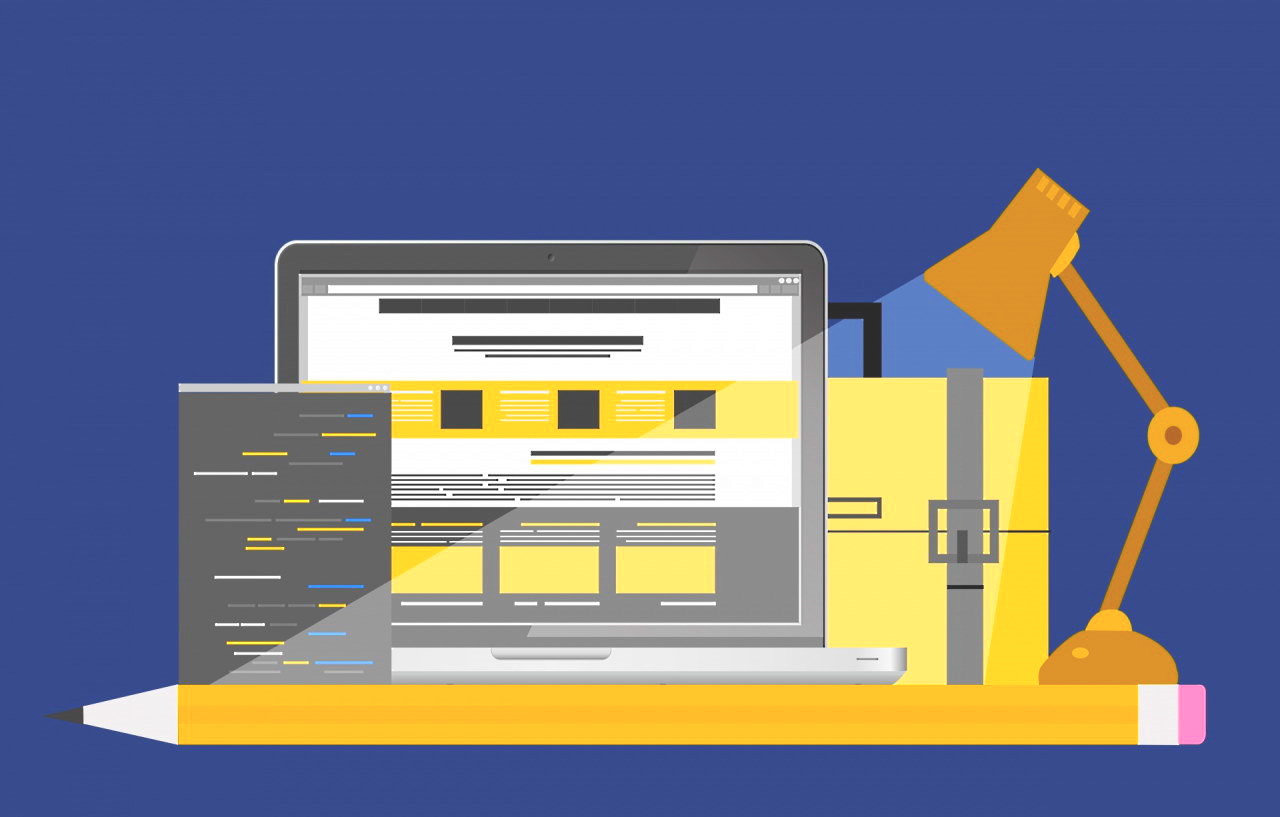10 Standards for Effective Web Design Elements
When looking at any website, beauty is in the eye of the beholder. However, beauty is only one component.
With so many popups and push notifications when landing on a website, lots of content is immediately competing for our attention. Although websites tend to return to something less flashy and distracting over time, it’s important that your new or updated web design is about intuitiveness and clarity of use. With so many websites online and within each industry, even locally, your website must be effectively delivering your message all while clearly standing out.
For many of us, we have a vision of what our website should look like. But remember, website designs will be judged by the users of the website, and not the website owners. There are numerous factors that affect the usability of a website, and it is not just about how good it looks and functions. Websites that are not well designed tend to perform poorly and have sub-optimal results. So, what makes good web design? Here are 10 web design factors to consider. These concepts will make your website aesthetically pleasing, easy to use, engaging, and effective.

10 web design factors to consider For an awesome website design.
1. What is the Website’s Purpose
Remember, great web design always focuses on the needs of the user. Do your website visitors look technical information, products or services, or a way to contact your business? Each page of your website must have a clear purpose and fulfill its specific need on your website. The site should be designed to be the most effective way possible.
2. Communication with Customers
People using the web tend to need or want information quickly, so it is important to make the information on the website easy to find and read and digest. Some of the most effective strategies to include in your web design are organizing information using headlines and sub headlines, using bullet points instead of long, run on sentences that may be too much, particularly on smart phones.
3. Typefaces
In general, many fonts are much easier read than contemporary looking fonts with flair and decorative finishes). The ideal font size for reading easily online must be usable across all devices. Cursive typography it very difficult to read online. Show your brand through unique typography that leaves a greater impact on the user by being simpler and easy to read.
4. Aesthetics are everything
No matter how great the content on your site is, you may be losing customers if your website isn’t visually appealing. One of the most important aesthetic elements for effective website design are colors. Too many different colors is one of the quickest ways to overwhelm users, so it’s important to be selective. Always keep your branding consistent and keep your audience in mind when selecting colors.
5. Images
We know a picture can speak a thousand words. By carefully selecting the right images for your website, it can help you connect with your target audience. If you don’t have high quality professional photos on hand, consider purchasing some to lift the look of your website. Also consider using videos and graphics as these can be much more effective at communicating than even the most well written piece of text. Try to use people in pictures as these can be unique and powerful on your website.

6. Focused on Usability and Functionality
With your website design, usability and functionality must drive each decision in the design. To achieve a clear, easy, and ultimately, direct path to customer action, both design and technical issues come into play. Every link must function fast, and every button and call to action must be positioned correctly, text must be legible, and any action taken must require as little effort necessary for the visitor to move forward and take action.
7. Responsive Web Design
Web traffic on mobile devices continues to explode. If your site’s mobile design isn’t responsive, there is a strong possibly you are losing customers. Mobile web users have made it clear they want a great user experience they are used to one desktops.
8. Website Navigation
Navigation is the way finding system used on websites where visitors interact and find what they are looking for. Website navigation is key to retaining visitors. If the websites navigation is confusing visitors will give up and find what they need elsewhere. Keeping navigation simple, intuitive and consistent on every page is key.
9. Website Load Time
Waiting for a website to load will quickly lose visitors. Many web visitors expect a site to load in 2 seconds or less and they often leave a site that isn’t loaded within 3-4 seconds. Optimizing the sizes of image sizes will help load your site faster.
10. Website Simplicity
Simplicity is the best way to go when considering the user experience and the usability of your website. Below are ways to achieve simplicity through design. This may involve clear, focused images, colors and font. Keep it simpler than more complex for the fastest interaction with potential customers and clients.
GET A FREE CONSULTATION
Let’s chat or sit down and find out if your website design, website ranking and digital advertising and marketing strategy is meeting your goals. If you don’t have reliable analytics in place with measurable goals, you should call us today!
